

Engage prospects with a scan and streamline customer engagement with FREE QR code marketing tools by Sona – no strings attached!
Create a Free QR CodeFree consultation

No commitment

Engage prospects with a scan and streamline customer engagement with FREE QR code marketing tools by Sona – no strings attached!
Create a Free QR CodeFree consultation

No commitment
Art identification services are experiencing rapid digital transformation as both galleries and collectors seek innovative ways to educate and engage audiences. Traditional methods such as printed guides, static wall text, and paper catalogs create friction points, limit interactivity, and fail to capture real-time visitor data. When you rely solely on analog tools, you do not know who is engaging with specific pieces or what they want next, so many high-value prospects browse anonymously and leave without a trace.
In today’s competitive landscape, instant access to provenance, artist background, condition reports, and multimedia narratives is essential to differentiate exhibitions and services. Yet incomplete data from analog engagement makes this difficult. QR codes solve the offline to online gap by linking physical artworks to digital resources that educate, authenticate, and prompt action. With a scan, visitors can view certificates, watch interviews, explore augmented reality, or contact a specialist without installing an app or filling out long forms.
This article shows how QR code technology equips art identification services to elevate customer education and engagement while streamlining operations. You will learn how to use QR experiences to empower audiences, improve attribution, and collect actionable data across every piece, show, and campaign. The goal is to help you address CRM data gaps, inconsistent messaging, and missed upsell opportunities with a connected, measurable visitor journey from scan to revenue.

Art identification services face a persistent challenge: turning passive viewing into meaningful, lasting engagement. Visitors often spend time with an artwork but leave without sharing interests or contact details, which means high-potential leads never reach your CRM. QR codes close this gap by connecting physical touchpoints to dynamic digital experiences that educate and convert, while capturing intent signals that traditional materials cannot measure. For quick wins, use QR codes to share contact info instantly.
Replacing paper-based guides and catalogs with QR-enabled content removes friction and unlocks richer experiences. A QR placed on a wall label or pedestal can launch a mobile-optimized page with provenance, restoration notes, condition reports, and expert commentary. The same code can branch into quick actions such as contacting a registrar, starting an appraisal request, or signing up for a collector preview. As visitors move from curiosity to consideration, every scan adds behavioral data to your systems so follow-up can be timely and relevant.
Adopting QR codes modernizes how galleries, museums, foundations, and artists manage visitor education. Instead of static materials and manual sign-in sheets, you can orchestrate dynamic journeys that evolve with your programming. Platforms like Sona QR add campaign management, segmentation, and analytics, making it easier to identify the moments that matter and nurture prospects based on their demonstrated interests. Start creating QR codes for free.

A core pain point in art identification is the lack of visibility into visitor behaviors. Many potential buyers or engaged visitors leave without leaving a trace, so it becomes difficult to attribute sales, assess interest, or follow up with context. QR codes enable instant access to digital resources while capturing signals you can use to educate, qualify, and convert.
These advantages apply across common materials in the sector: wall labels, floor decals, guidebooks, event programs, VIP badges, and direct mail. By integrating QR codes across these touchpoints, art identification services transform unmeasurable interest into structured, attributable engagement.

Visitor preferences and institutional goals vary, and QR programs should reflect that diversity. Modern solutions support multiple formats so your content and actions match the context of the scan.
For art identification services, web links and mobile forms tend to deliver the most value because they blend education with conversion. Dynamic QR codes, managed through platforms like Sona QR, allow you to update destinations, add UTM parameters, and track performance over time without reprinting.
Growth depends on meeting visitors where they are and guiding them toward moments that matter. Strategically placed QR codes connect interest to next steps across the entire visitor journey.
Prioritizing high-traffic, high-intent placements will amplify both education and conversion. When QR experiences are positioned where curiosity peaks, your team can identify promising leads and guide them to the right next step with minimal friction.
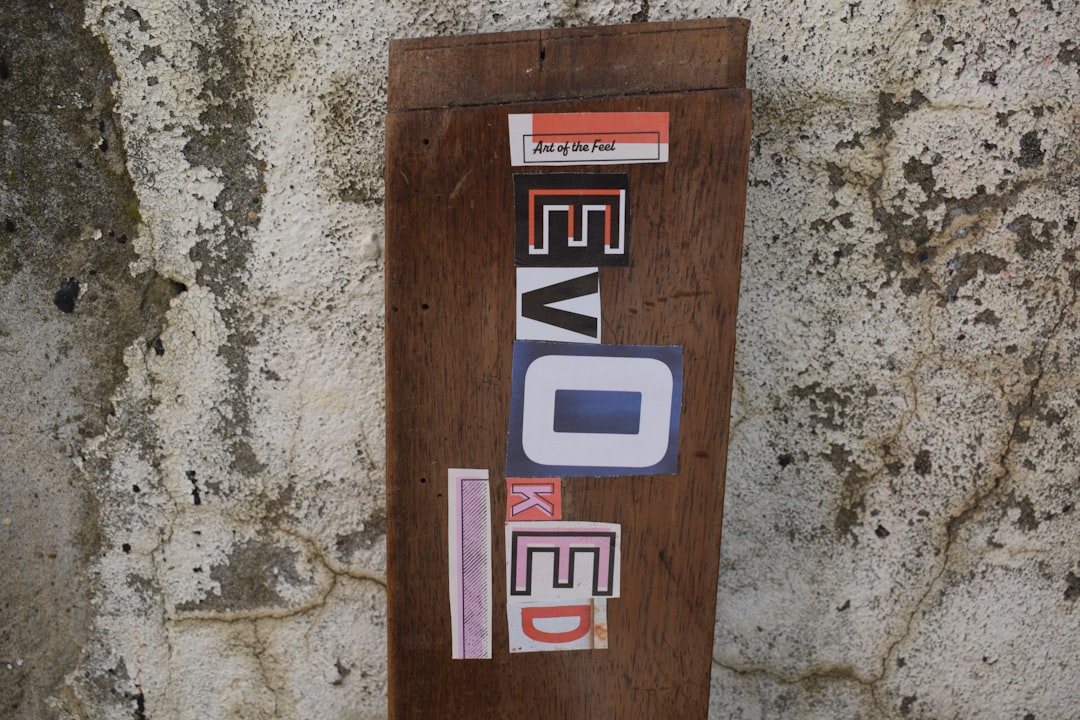
Authenticity, documentation, and buying confidence are central concerns for collectors and institutions. QR codes help address these directly with targeted experiences that combine depth, clarity, and action.
These use cases create measurable outcomes. Institutions often report higher engagement rates on pieces with QR-enabled content, more complete CRM records, and a shorter path from initial interest to qualified discussion. Over time, scan data guides programming, sponsorship, and acquisition strategies.
Every QR scan captures intent, context, and behavior. By deploying multiple codes across touchpoints, you can automatically segment audiences and fuel precise remarketing and follow-up campaigns that feel personal rather than generic.
Start by creating unique codes for each journey stage and placement. For example, assign one set of QR codes for public awareness materials, another for in-gallery education, and a third for high-intent conversion points such as VIP catalogs or pricing sheets. Each scan maps a visitor to a stage in the funnel and indicates their interest in specific artists, genres, or periods.
Audience design for art identification services can be very specific. Distinguish between first-time museum visitors, returning members, private collectors, gallery buyers, appraisers, and conservators. The result is a content and outreach engine tuned to intent signals rather than assumptions.
Disconnected campaigns are confusing for prospects and hard to measure. QR codes act as connective tissue, ensuring that every touchpoint leads to a coherent experience and attributable data.
When managed through a centralized platform like Sona QR, your team can monitor performance across channels, update content on the fly, and sync scan data to existing marketing and sales systems. This unifies messaging and improves the return on each physical and digital investment. For campaigns that need scale, build retargeting audiences from high-intent scans.
Launching your first or next QR campaign is easier when you follow a structured process. The steps below align your goals with execution, ensuring every placement contributes to education, lead capture, and measurable outcomes.
Before you begin, choose a narrow, testable use case such as improving access to provenance documentation for a special exhibition or capturing appraisal requests from a gallery show. Start small, learn quickly, then scale.
As you execute, document lessons learned and build a playbook. Over time, you will identify which content resonates, which placements convert best, and which audiences are most responsive to specific offers.
The biggest hurdle in analog-heavy environments is proving what works. If you cannot attribute outcomes to specific touchpoints, it is difficult to prioritize investments or make a case for new initiatives. QR code analytics bring clarity by tying real-world engagement to measurable results.
Start by instrumenting every campaign with trackable, dynamic QR codes. Record scan counts by artwork, placement, and time, then monitor what visitors do next. Are they viewing a provenance PDF, completing a form, or booking a private viewing? Tag these outcomes and push them into your CRM to build a more complete picture of visitor behavior.
The outcome is a data-driven program where every scan informs strategy. This transparency allows you to defend budgets, forecast demand, and continuously improve visitor experiences with confidence.
Many QR initiatives fall short because tracking is inconsistent, visitor value is unclear, or follow-up is delayed. The tips below help maximize adoption, data quality, and results.
Consider creative deployments that align with the full collector lifecycle, such as QR links to restoration videos during conservation exhibits, insurance documentation for sold works, or care and handling guides for new acquisitions. Sona QR integrates with popular CRMs to trigger workflows and lead scoring in real time, making automations easier to set up and evolve.

Across the sector, innovators are turning QR scans into educational depth and measurable growth. These examples illustrate what is possible when physical and digital experiences align.
Each example demonstrates how QR programs create verifiable signals at moments that previously went untracked. Over time, the data supports smarter curation, better lead qualification, and a steady improvement in visitor satisfaction.
Practical lessons from the field can help you avoid roadblocks and scale with confidence. Successful programs share a few habits, and struggling ones repeat a few mistakes.
By embedding QR strategy into a cycle of testing, analysis, and refinement, art identification services can reduce anonymity, improve attribution, and align resources with proven demand signals.
QR codes have emerged as a strategic asset for art identification services, transforming every artwork, exhibition, and collector touchpoint into a digitally enabled moment of engagement. Persistent challenges like anonymous visits, incomplete data, and disconnected campaigns are now addressed by weaving in QR-based interactions and analytics, ensuring every audience signal, whether a scan on a wall label or a VIP badge query, is recognized and leveraged.
By connecting physical art with deep digital resources such as provenance verification, artist background, restoration insights, and immediate inquiry options, QR codes elevate the art experience for both visitors and institutions. Accurate tracking, effortless content updates, and seamless integration into CRMs and attribution workflows set a new standard for measurable, scalable education and lead generation. Teams that adopt platforms like Sona QR and Sona.com can capture real-world engagement, unify fragmented touchpoints, and attribute outcomes to the scans that started the journey. The result is a connected program that turns curiosity into confidence, and confidence into action.
QR codes have revolutionized art identification services by transforming static labels into interactive, informative experiences that educate and engage customers effortlessly. Whether it’s enhancing provenance verification, providing detailed artist backgrounds, or guiding viewers through intricate art histories, QR codes replace traditional, limited information with instant, mobile-friendly access to rich content—elevating customer understanding and trust in every masterpiece.
Imagine visitors instantly unlocking expert insights and authentication details with a simple scan, deepening their appreciation while driving repeat visits and referrals. With Sona QR, you can create dynamic, trackable QR codes in seconds, update content instantly without reprinting, and gather valuable data on viewer engagement to refine your educational strategies and grow your audience. Start for free with Sona QR today and transform every scan into a meaningful connection between art and admirer.
QR codes link physical artworks to digital resources such as provenance documents, artist backgrounds, condition reports, and multimedia narratives, enabling instant access to detailed information and interactive content that promotes and authenticates art pieces.
QR codes enhance visitor engagement by replacing static print with interactive content, capturing real-time behavior data, delivering instant provenance and authentication, streamlining contact capture, reducing costs, and enabling dynamic updates without reprinting materials.
QR codes provide visitors with immediate access to rich educational content, multimedia experiences, augmented reality overlays, and direct contact options, increasing dwell time, deepening understanding, and allowing seamless interaction without app downloads or lengthy forms.
Creative uses include embedding QR codes on artwork labels or certificates for provenance and restoration timelines, integrating AR overlays to reveal hidden details, attaching codes to sold works for maintenance and valuation updates, and using QR-based guestbooks or referral invitations at events.
Artists can place QR codes next to pieces that link to short mobile forms for purchase inquiries, appraisal requests, or access to private viewing appointments, enabling direct capture of buyer interest and facilitating timely follow-up without friction.
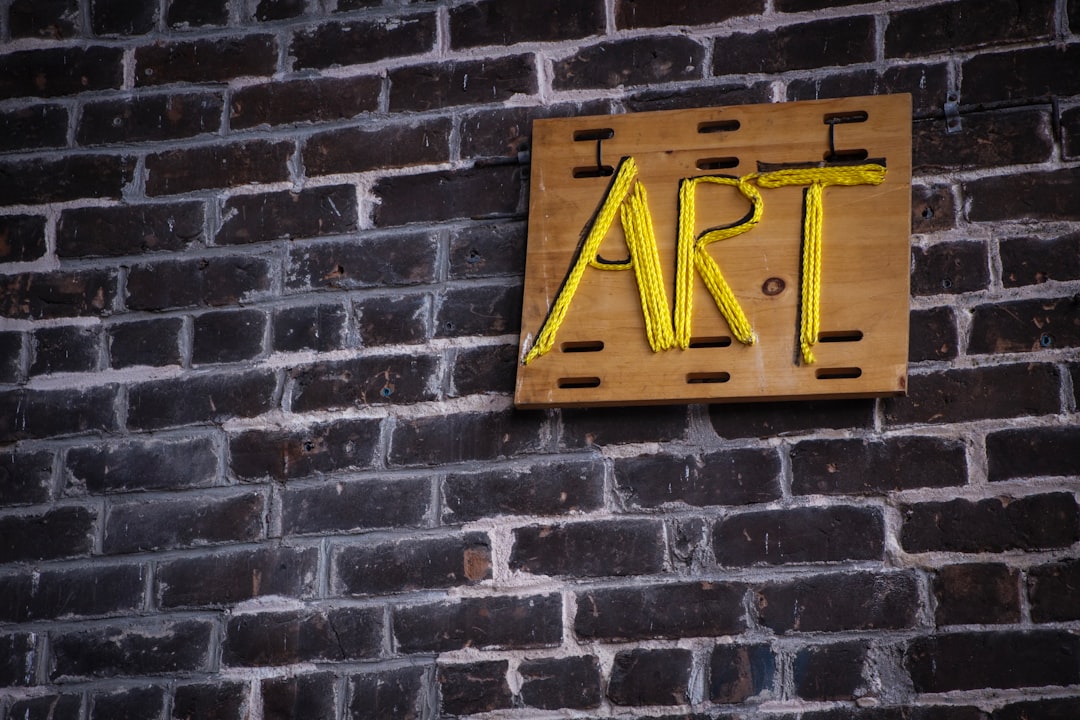
Art identification services are entering a new era of innovation as museums, galleries, artists, and collectors seek ways to connect physical works with digital storytelling and authentication. One of the biggest challenges in this space is bridging offline encounters, such as viewing art in person or holding documentation, with seamless digital experiences that offer instant context, provenance, or acquisition opportunities. Relying solely on legacy processes like printed catalogs, static wall texts, and manual provenance research often means that key prospects remain anonymous, critical engagement signals are missed, and opportunities for deeper connection or sales go unrealized.
QR codes offer a practical solution, turning every artwork and supporting material into a dynamic interaction point. This technology enables art identification services to engage visitors, facilitate authentication, and guide users through educational journeys without requiring additional apps or devices. QR solutions help organizations overcome pain points like the inability to accurately track in-person interest or respond to emerging purchasing intent in real time. These tools convert physical interactions into actionable data, allowing for timely follow-ups and more personalized experiences.
This guide explores how modern QR code solutions can help institutions, artists, and collectors address these core challenges, increasing efficiency, accuracy, and engagement in art identification services and delivering measurable impact across the lifecycle. See Sona QR art use cases.
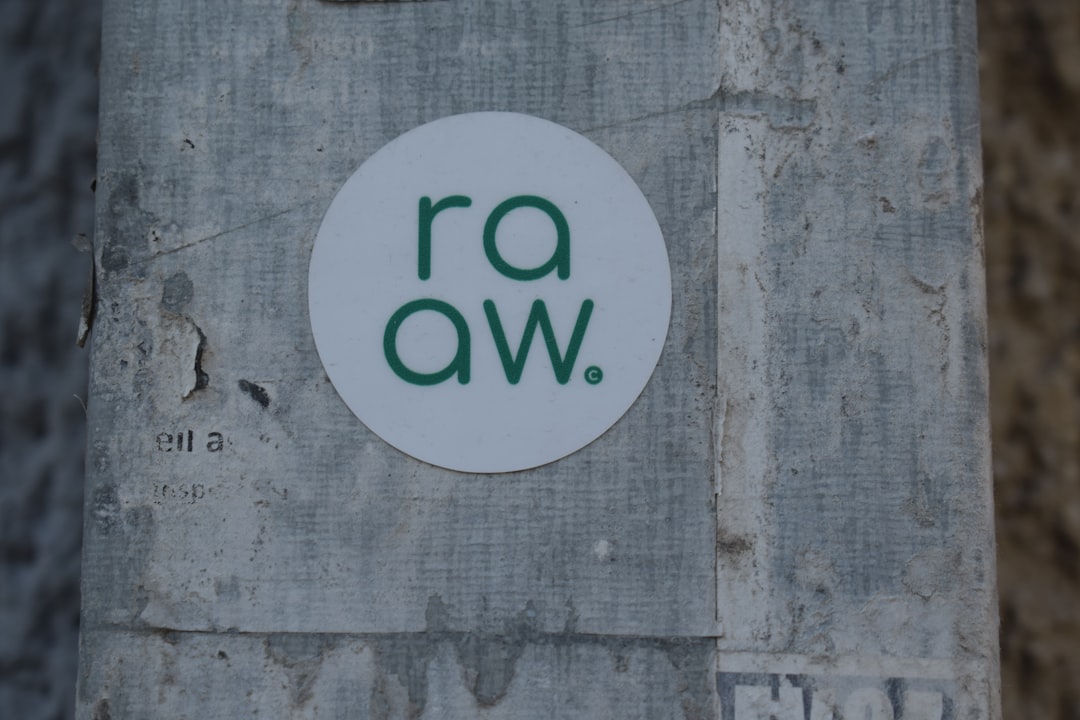
Traditionally, connecting physical art pieces and printed materials to digital resources has been hindered by fragmented workflows and lack of visitor visibility. This often leads to missed opportunities: valuable prospects may browse collections or review documents without any traceable signal, slipping through the cracks of even the most sophisticated CRM systems. Replacing paper-only materials with dynamic QR entry points transforms passive viewing into a measurable and interactive learning journey.
QR codes raise the ceiling on what is possible during an in-person visit. Instead of expecting visitors to remember URLs or send follow-up emails later, a scan can open provenance records, conservation reports, audio tours, or purchase options instantly. For art identification professionals, this reduces friction for both casual visitors and high-intent collectors, while creating the data trail necessary to inform smarter outreach and authentication workflows.
Modern QR platforms now offer consolidated visitor profiles, enabling art identification services to see which pieces draw repeated attention, which documents visitors access most often, and which calls to action lead to inquiries. The result is a continuous loop of insight and improvement that previously was impossible in purely offline contexts.
Bold example: Streamlining art authentication Manual authentication often introduces uncertainty for collectors, with missing digital signals making follow-up slow or inconsistent. Connecting a QR code on a label or certificate directly to a digital provenance record allows instant access to ownership history, conservation notes, and expert commentary, thus bridging physical and digital. Each scan becomes a structured event, enabling teams to trigger next best actions such as offering premium verification, arranging condition checks, or initiating secure transfer of ownership documents.
Furthermore, authentication providers can prompt visitors to submit additional information through a guided Google Forms workflow after the scan. This reduces back-and-forth emails and accelerates verification timelines, while also capturing deeper context that informs risk checks and valuation. Over time, the organization builds a high-quality dataset of scan behavior that correlates with successful authentications and sales.
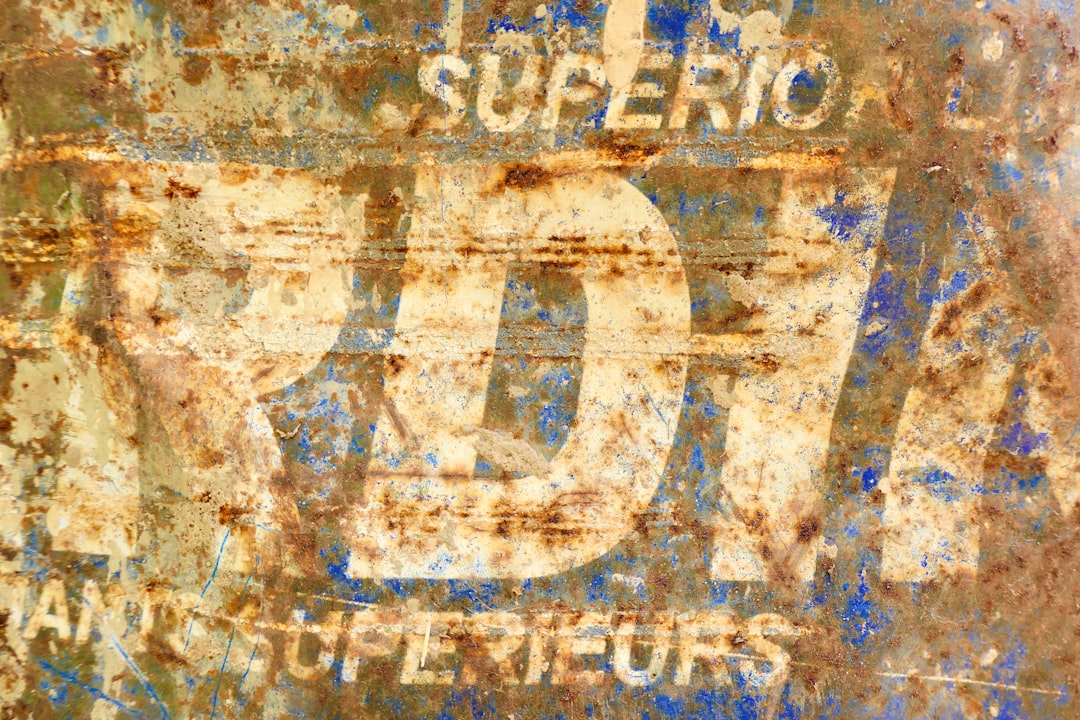
A persistent hurdle for art identification services is the lack of visibility into how, when, and why individuals engage with artworks or related materials. Offline interactions frequently go untracked, leaving promising leads unexplored and diminishing an organization's ability to tailor its approach. For instance, a prospective collector might spend several minutes studying a label at an exhibition, but if there is no scanable entry point, that interest remains invisible.
QR codes transform these ephemeral touchpoints into measurable activity. By placing a code where curiosity peaks and delivering an immediate digital payoff, institutions can meet audiences in the moment and guide them toward the next best step, a trend reflected in gallery marketing. Whether the desired action is to learn, authenticate, inquire, or buy, the QR scan removes friction and replaces guesswork with data.
Real-world scenarios include museums using QR-labeled object cards to link to audio tours, provenance databases, and curatorial essays. Galleries embed codes in private viewing rooms or on art fair placards that unlock high-resolution images, price on request flows, and direct messaging to specialists. Auction houses place dynamic codes on lot sheets to surface real-time interest and to track which bidders are engaging most heavily with specific pieces.
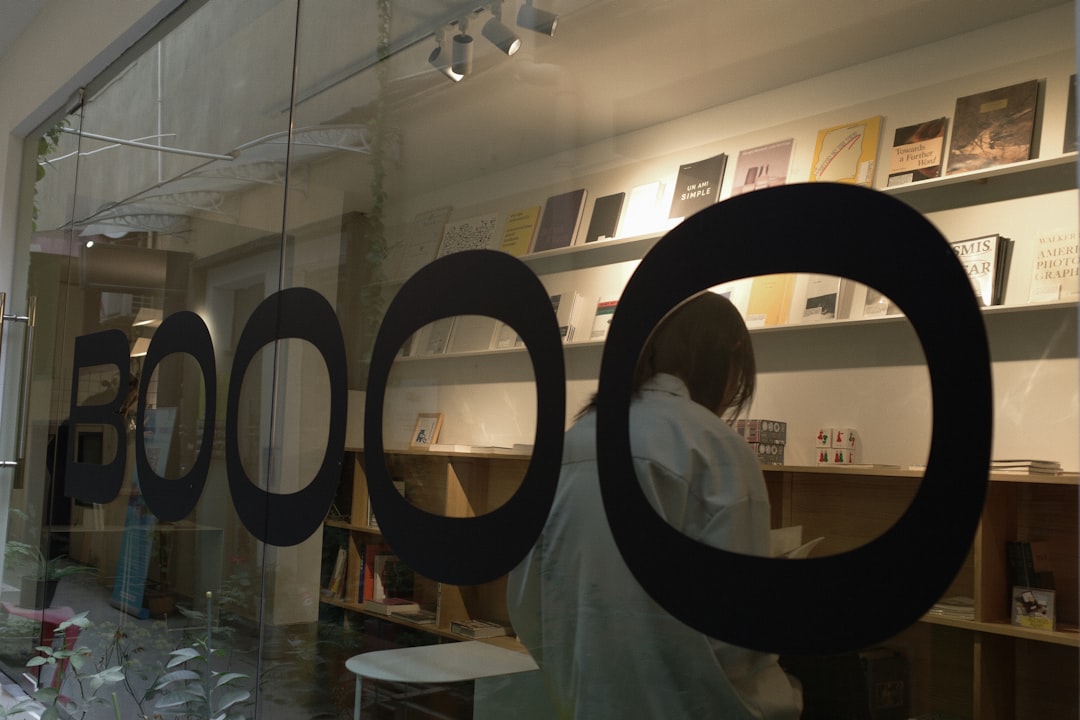
Given the diversity of art environments, QR codes provide flexibility to address persistent gaps such as incomplete visitor insight, outdated documentation, or missing action paths. Selecting the right format ensures each scan aligns with the intended outcome.
Dynamic QR codes are essential in art contexts. Explanatory texts evolve, works move between ownership or exhibition states, and new scholarship emerges. Dynamic destinations ensure labels, catalogs, and certificates remain relevant long after printing, reducing costs and keeping the visitor journey coherent.
Pain points such as lost leads, inability to track offline interest, and missed personalization often stem from disconnected touchpoints. Strategic QR placement remedies these gaps and ensures no prospect or collector goes unnoticed.
As organizations instrument these touchpoints, they see a fuller picture of visitor behavior. The combined data identifies which channels deliver the most qualified engagement and where additional resources, signage, or content are likely to yield stronger results.
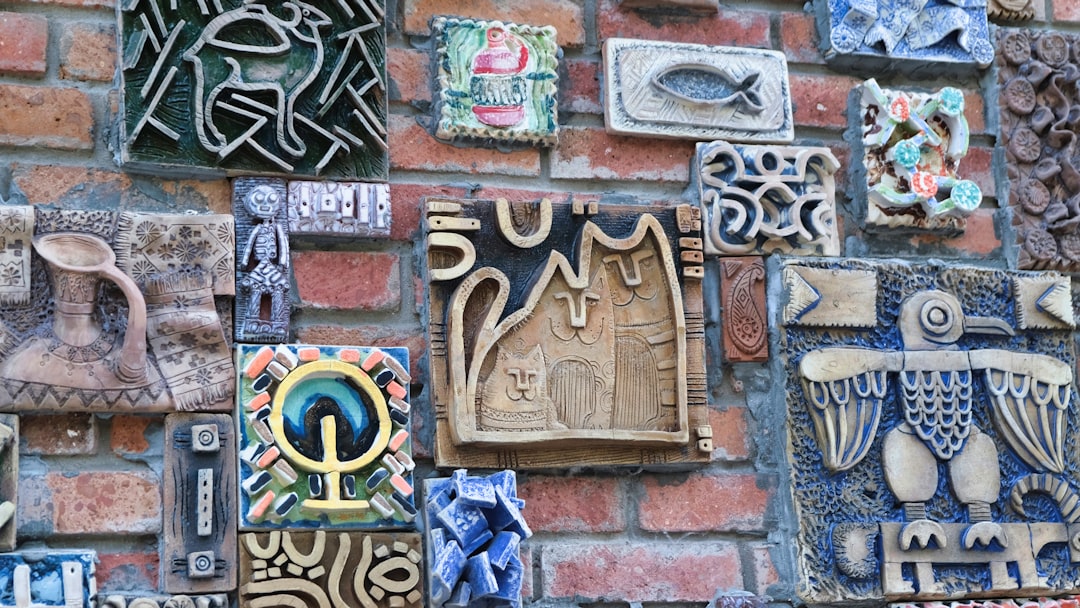
Artwork Authentication Manual provenance checks and reliance on in-person staff complicate the authentication process and risk missing subtle churn or upsell signals. When provenance is locked in filing cabinets or behind email threads, buyers may hesitate and opportunities fade.
Art Sales Enablement Incomplete or outdated account data makes personalizing the pitch difficult and can lead to missed hot leads at the point of discovery. Without an immediate digital path, collectors leave the gallery without making contact.
Visitor Education and Feedback Institutions often struggle to collect continuous feedback and measure post-visit engagement that informs future curation and programming.
Institutions that implement these use cases tend to convert more curiosity into action. They accelerate authentication timelines, increase the rate of qualified sales conversations, and maintain stronger relationships with visitors by delivering content that aligns with individual interests and needs.
A common challenge in art identification is connecting physical interactions to digital nurturing. Scans change that. Each scan is a data-rich signal that can be used to build segmented audiences for highly relevant follow-up across email, SMS, and paid media.
For the art identification domain, audience distinctions often include collectors versus trade partners, retail buyers versus institutions, and verification seekers versus educational explorers. Align your follow-up content and cadence to these identities and the specific works or categories that captured their attention.
Disconnected campaigns arise when offline and online initiatives operate in silos. QR codes create connective tissue and unify attribution, so each channel pulls in the same direction. By adding trackable entry points to print, signage, events, and video, you can observe which investments are working and adjust in real time.
Start by identifying the physical media you already use to reach audiences. Then assign each asset a QR destination aligned with a clear action: learn, verify, inquire, or buy. Over time, shift budget toward placements and messages that deliver higher scan-to-action rates.
A centralized platform such as Sona QR keeps code management, content updates, and analytics in one place. This ensures consistency of voice and creative, reinforces calls to action across the journey, and eliminates fragmentation of data across teams and tools. Start creating QR codes for free.
Select a focused objective tied to a real-world gap in your current process. Common examples include reducing time-to-authentication by digitizing provenance access, capturing collector interest at exhibitions for timely follow-up, or driving qualified inquiries from catalog readers.
Choose between static and dynamic codes based on your need for flexibility and data. In art environments where works move, scholarship evolves, and privacy matters, dynamic codes usually win.
Strong visual design and technical reliability make or break scan rates. Ensure the QR code fits seamlessly into your brand while being unmistakably actionable.
Place codes where intent peaks and action is feasible. Prioritize labels near high-value works, auction documentation, press packets, and the first pages of catalogs.
Track scans as if they were digital ad clicks. The more detail you capture, the better you can refine content and placement.
In art identification, failing to connect scans to business outcomes can lead to undervaluing successful placements and overspending on underperforming materials. A rigorous analytics program transforms QR from a convenience into a performance engine. The goal is to move from counting scans to understanding which scans correlate with authentication completions, inquiries, or sales.
Instrumenting scans across touchpoints lets you build a timeline of engagement. When that timeline flows into your CRM and attribution platforms, the organization gains a single source of truth that ties a person’s first scan to eventual outcomes, such as membership, a sold work, or verified provenance.
With these analytics in place, art identification professionals move confidently from intuition to evidence. They can justify investments in labels, catalogs, and signage, refine creative and messaging, and ensure that every scan advances the visitor experience and the organization’s goals.
QR programs grow more valuable as they become more precise and automated. The following practices help maximize scan rates and turn engagement into outcomes without adding workload to already busy teams.
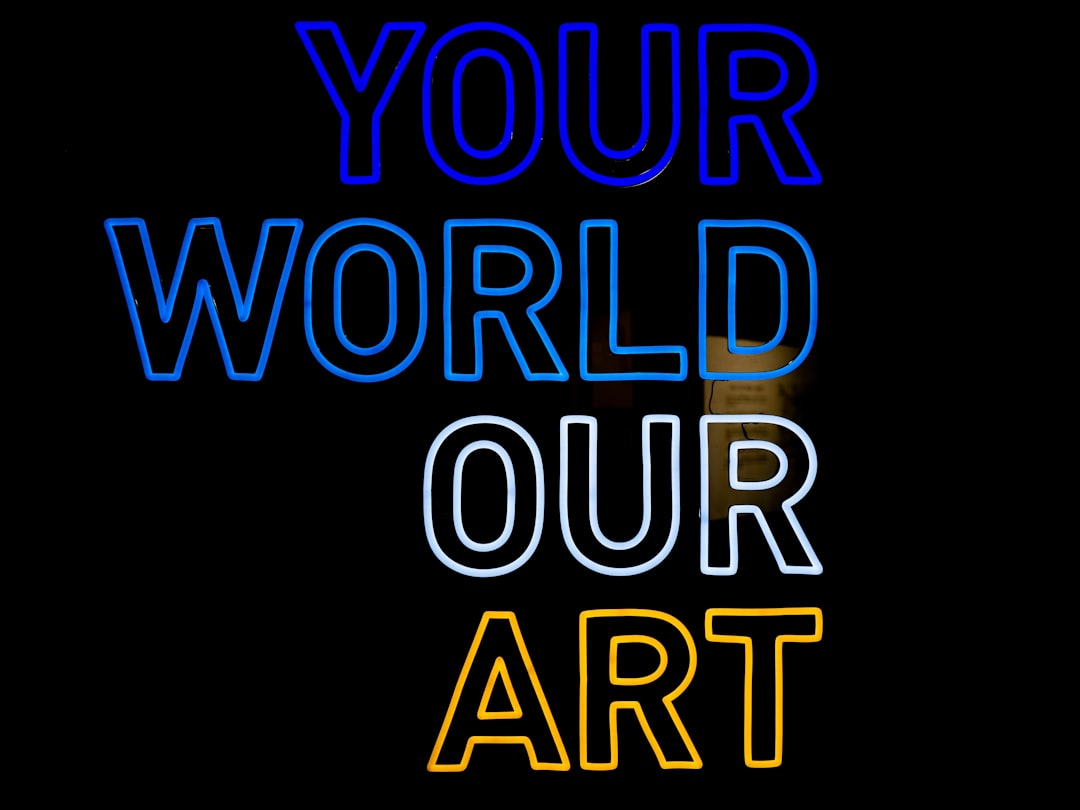
These examples illustrate how QR codes become more than wayfinding tools. They enable richer storytelling, traceable demand, and improved operational integrity across the art ecosystem.
QR codes have become a strategic differentiator for art identification services, creating a feedback loop between the in-person experience and digital intelligence. They surface signals of purchase intent, curiosity, and verification needs that were previously invisible, enabling institutions, galleries, and authentication providers to respond with precision. By linking physical works and documents to rich, updateable destinations, art organizations can deliver an experience that is both immersive and accountable to outcomes.
The opportunity is to move beyond static processes and low-visibility engagements toward a unified, data-driven journey from first scan to long-term relationship. With a centralized platform like Sona QR, teams can generate codes, manage content, track performance, and sync insights into CRMs and attribution tools such as Sona.com. The result is a modern identification and education engine that captures demand at the source and converts it into measurable impact, ensuring every engagement is recorded, relevant, and ready for the next step.
QR codes have revolutionized the art identification services industry by transforming static labels into dynamic, interactive learning touchpoints. Whether it’s educating customers about artwork provenance, enhancing their appreciation, or streamlining authentication processes, QR codes replace traditional brochures with instant, mobile-friendly access to rich, real-time information that deepens engagement and trust.
Imagine visitors scanning a code to instantly discover an artwork’s history, artist background, or verification details—turning curiosity into confidence and loyalty. With Sona QR, you can create dynamic, trackable QR codes in seconds, update content effortlessly without reprinting, and connect every scan to valuable customer insights. No missed opportunities, just smarter, more impactful interactions that elevate your service.
Start for free with Sona QR today and transform every scan into an opportunity to educate, engage, and grow your client base.
QR codes link physical artworks and related materials to digital resources like provenance records, expert commentary, and purchase options, turning passive viewing into interactive and trackable engagement.
QR codes increase visitor engagement, provide instant access to dynamic content, improve tracking of visitor interest, enable personalized follow-ups, and reduce costs by allowing real-time content updates without reprinting.
They offer immediate access to multimedia content such as audio tours, provenance details, and authentication workflows, creating a seamless, educational, and interactive journey without the need for additional apps.
Artists and institutions can add QR codes to limited editions, condition reports, certificates, public art installations, and catalogs to unlock behind-the-scenes content, verify authenticity, collect feedback, or enable direct purchase inquiries.
By embedding QR codes on labels or price sheets that link to private listings, high-resolution images, and inquiry or purchase forms, artists can capture buyer interest in real time and sync data with CRMs for timely follow-ups.

Art identification services face significant challenges as the industry adopts digital transformation. Many professionals struggle with unreachable high-value prospects who interact meaningfully with artwork but never self-identify or enter traditional CRMs, causing valuable opportunities and key audience data to be lost. These blind spots make it difficult to personalize education, maintain momentum with serious buyers, and attribute revenue to the right campaign.
Galleries, museums, collectors, and appraisers must bridge the physical study of artworks with actionable digital insights. Despite these needs, many still rely on manual provenance checks or printed catalogs, which are disconnected from real-time customer behavior and modern engagement goals. The result is fragmented experiences for visitors and missed signals for teams trying to prioritize follow-up.
QR codes bridge these physical-digital divides, providing immediate pathways from artwork labels, guides, or auction listings to engaging digital experiences. By leveraging platforms like Sona QR, art organizations can improve lead tracking, foster richer educational exchanges, and collect behavioral signals that inform more targeted marketing. The following sections demonstrate how QR code integration addresses pain points in art identification services, leading to stronger customer relationships and better business outcomes.
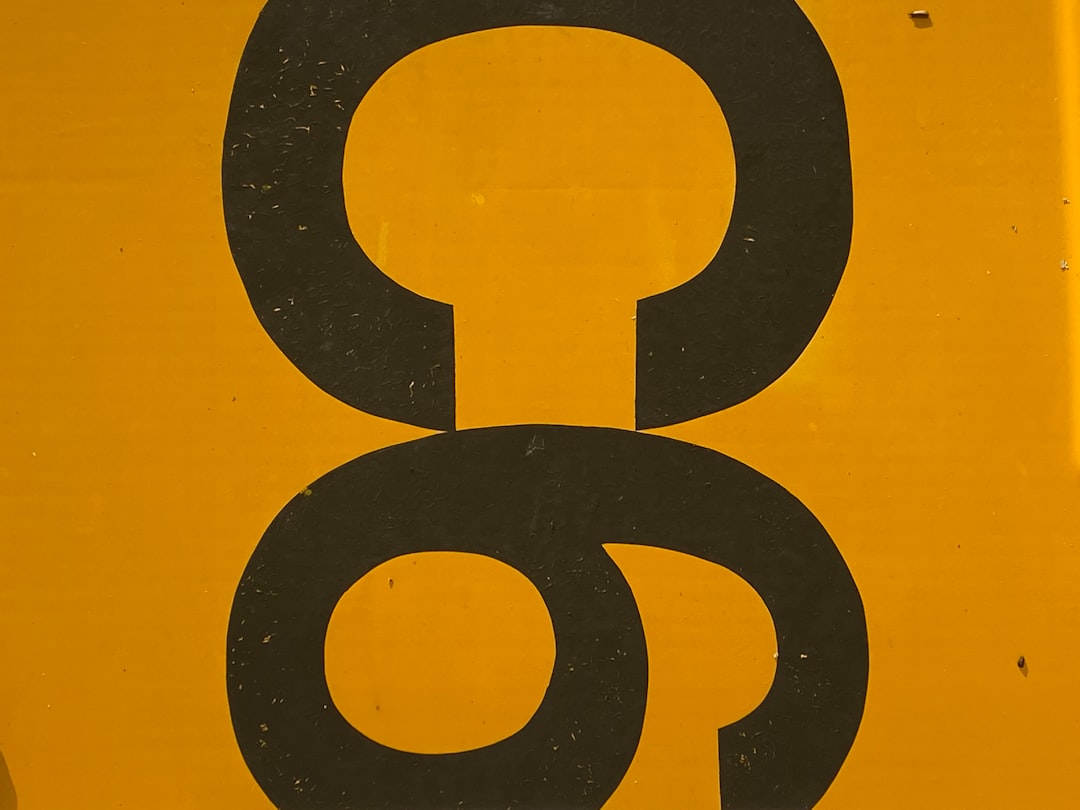
Traditional education efforts often fail to capture the attention of modern art audiences, especially when content is static, fragmented, or difficult to personalize. Visitors may admire a piece, skim a label, and move on without deeper context or an easy way to continue learning. QR codes change this dynamic by turning every label, placard, or printed guide into an interactive entry point that surfaces multimedia content, provenance data, and expert commentary.
When educational content is delivered at the exact moment of curiosity, engagement climbs and memory retention increases. With the right setup, every scan feeds analytics that tell you what content resonates, which visitors are most engaged, and where to improve your interpretive materials. Paired with a platform like Sona QR’s guide, you can transform analog moments into measurable, personalized learning journeys.
Modern systems now facilitate every step from design to attribution. The result is a continuous education loop that meets visitors where they are, keeps them engaged after they leave the gallery, and gives your team the insight needed to deliver relevant, timely follow-ups. Start creating QR codes for free.
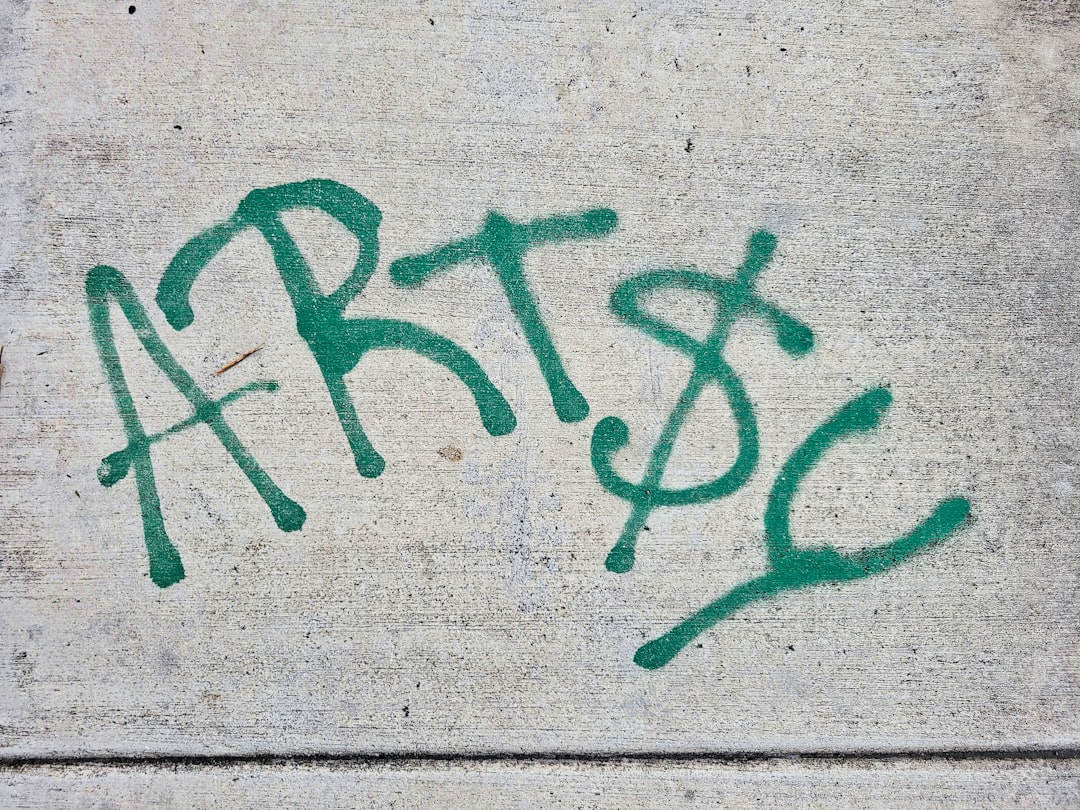
Art identification services often struggle to understand who their most interested visitors are because high-value prospects rarely fill out forms or volunteer contact details early in their journey. This invisibility limits the ability to personalize education, route strong leads to specialists, and measure which exhibits or publications influence acquisition decisions. QR codes offer a discreet, low-friction way to surface intent signals without asking visitors to jump through hoops.
By connecting physical materials to digital learning experiences and verifications, QR codes let you capture engagement at the earliest possible opportunity. Unlike printed catalogs, static signage, or one-size-fits-all handouts, dynamic QR codes can be updated instantly, creating a living layer of digital interpretation that grows with your collection and audience.
From exhibition labels and wall texts to appraisal packets and auction previews, every printed asset becomes a measurable engagement channel. Once every scan yields a data point, you can finally align educational programming, marketing spend, and sales outreach with the reality of visitor behavior.
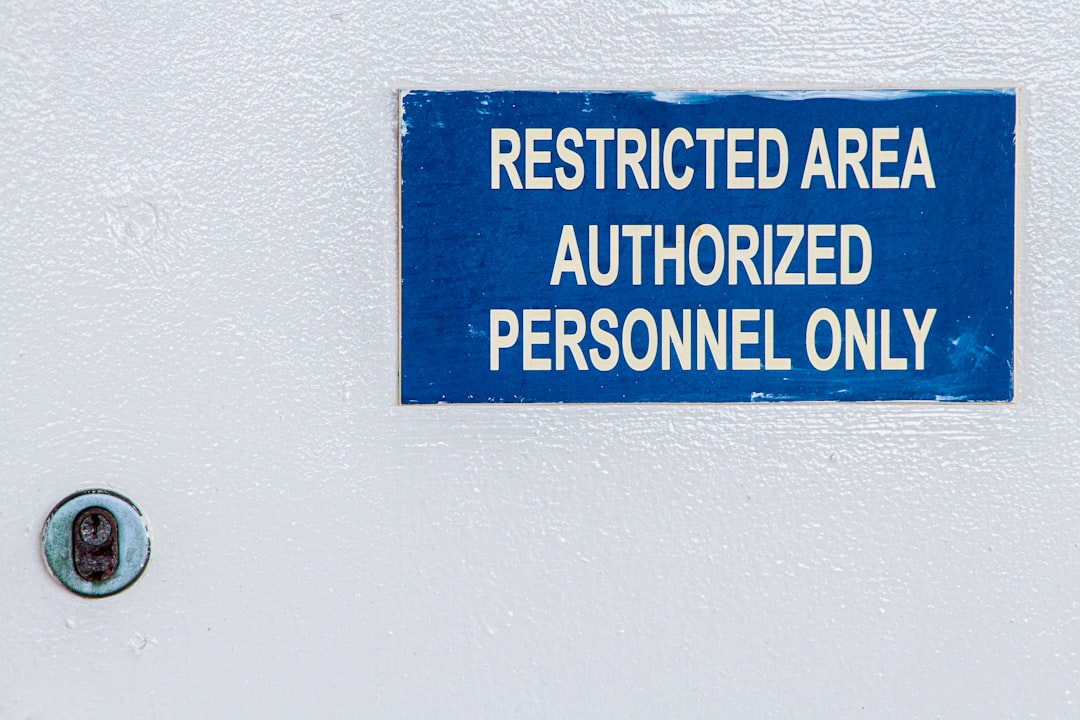
Choosing the right QR code format ensures visitors land exactly where you need them, whether that is a secure certificate, a research guide, or a contact pathway. In art identification, consistency and clarity are everything. A strategic mix of formats lets you cover the full range of educational, operational, and commercial interactions.
Dynamic management adds flexibility. With dynamic codes, you can refresh destinations as exhibitions rotate, findings update, or new documentation becomes available without reprinting a single label. This adaptability keeps your records accurate and your audience informed.
A centralized platform like Sona QR makes it easy to generate and manage these formats in one place. You can define destinations, apply branding, add UTM parameters, and turn every code into a trackable asset that aligns with your interpretive and commercial goals.
Growth in art identification often hinges on placing the right information in front of the right person at the right moment. QR codes excel in these high-intent micro-moments, offering immediate access to verification, provenance, and further learning while leaving a trail of measurable engagement.
Start by mapping where your best prospects naturally engage with artworks and documentation, then place QR codes there. Each scan becomes an opt-in signal that someone is serious enough to learn more, even if they remain anonymous for now.
Targeted placements at each stage of the buyer and researcher journey ensure no signal goes unnoticed. Whether someone is a scholar, a collector, or an insurer, you will have a digital path to continue the conversation after the moment of discovery.
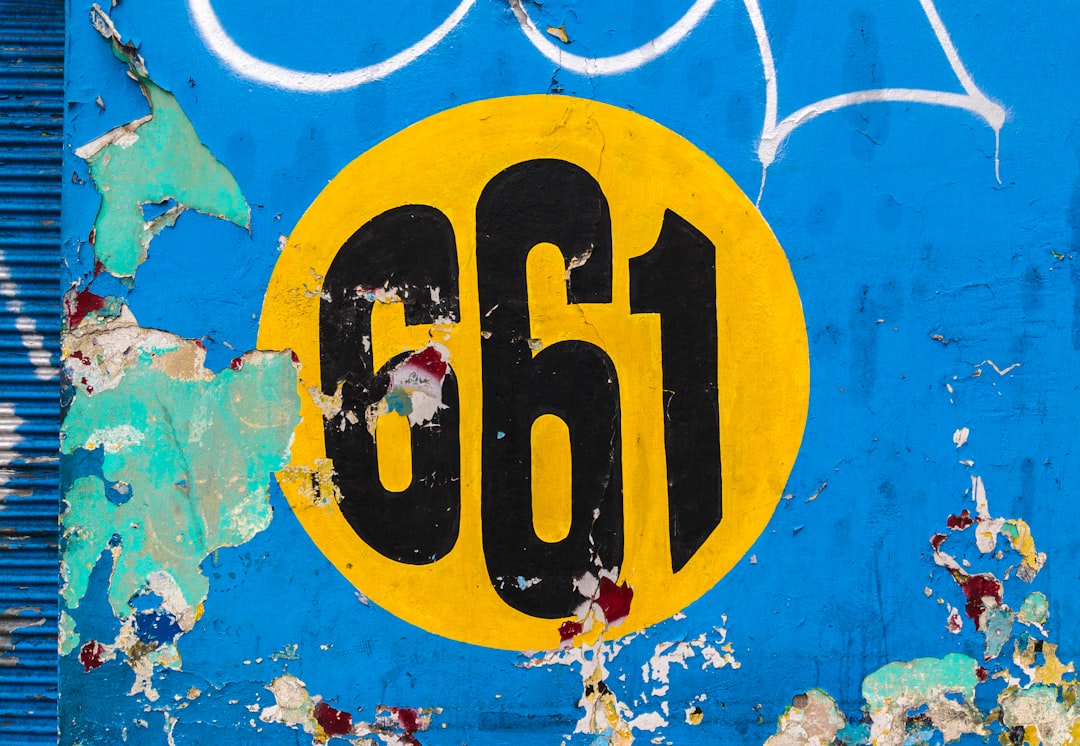
Art identification teams often need to support a wide range of interactions: verifying authenticity, explaining provenance, coordinating conservation, and handling insurance or sales requests. QR codes let you tailor content and actions to each need while gathering data that improves every process.
A small set of well-executed use cases can transform engagement and workflow efficiency. Start with the highest-impact moments that occur across exhibitions, fairs, and private viewings, then expand as your team sees what works.
These use cases streamline internal workflows and reclaim prospects who would have otherwise faded away. More importantly, they enhance the visitor experience by making crucial information easy to find, understand, and act on.
Every scan tells a story: which piece drew attention, what information was sought, and how serious the intent may be. If you deploy unique QR codes across touchpoints, you can segment your audience by context and use those segments to power targeted follow-up across email, SMS, and paid media.
In art identification, this means you can distinguish scholars seeking provenance depth from collectors weighing an acquisition, or existing policyholders seeking documentation updates from first-time inquirers. Once those distinctions are clear, nurture tracks become both relevant and effective.
Over time, your QR ecosystem will reveal patterns in demand and interest that help you refine programming, train staff, and improve conversion rates across the board.
Disconnected campaigns create confusion for visitors and wasted spend for organizations. QR codes serve as connective tissue across physical and digital channels, delivering a consistent narrative from the wall label to the inbox and from the catalog to a consultation request.
When QR codes sit at the center of your marketing stack, every surface becomes a measurable, optimized touchpoint. You can connect scan activity to email engagement, ad clicks, and CRM outcomes to see the complete journey from first glance to verification or purchase.
With a centralized platform like Sona QR, you can keep messaging consistent, manage all codes in one place, and sync scan data with your CRM and analytics tools. That creates a closed-loop system where learning and revenue impact are both visible.
Even simple QR deployments benefit from a structured plan. The following checklist walks you through the key decisions and actions that turn codes on walls, labels, and documents into data-rich learning and sales engines.
Begin by mapping the primary opportunity or challenge you want to address. This could be authenticating provenance in a new exhibit, shortening the time to response for appraisal inquiries, or improving attribution for direct mail campaigns sent to collectors.
Prioritize a use case that occurs frequently and matters to your audience. For instance, if counterfeit anxiety is stalling sales, focus first on secure authentication pages reachable from artwork labels and certificates. If education is the bottleneck, lead with multimedia provenance timelines and curator videos accessible at the point of interest.
Match permanence to content. Use static codes for long-lived destinations like artist biographies or general collection pages. Use dynamic codes for time-sensitive or evolving content such as in-progress research, rotating exhibitions, and private previews where you need editing flexibility.
Dynamic codes also unlock full analytics and retargeting options. If you expect to change destinations, run A/B tests, or track scans by channel and location, dynamic is the safer and more insightful option. Platforms like Sona QR let you manage both types in one dashboard.
Good design is about clarity and confidence. Place a simple, benefit-driven call to action beside each code, such as Scan to authenticate, Scan for provenance, or Scan to request appraisal. Include your logo and brand colors in a subtle frame so visitors recognize the source.
Test scannability on multiple devices and under varied lighting, distance, and angle scenarios typical of galleries and fairs. Print at sufficient size, maintain strong contrast, and avoid reflective materials that create glare. A quick pre-opening scan walkthrough can prevent small issues that cause big drop-offs.
Analyze where high-value engagement already happens but goes untracked. This often includes artwork labels, didactic panels, exhibition guides, event tickets, auction catalogs, and direct mail pieces to collectors and insurers.
Place codes where they are visible and natural to use, not hidden in corners or below eye level. In noisy or crowded environments like fairs, duplicate codes at multiple heights and locations. In quiet galleries, a single well-placed code per object or cluster is often enough. Always pair with a clear CTA that sets visitor expectations.
From day one, instrument your deployment with analytics. Attribute every scan to a source, channel, and specific asset. Add UTM parameters and name codes consistently so reporting is clean and comparable.
Monitor scan volume, dwell time on destination pages, and conversion actions like form submissions or downloads. Use these insights to refine copy, content types, placement, and CTAs. Iterate continuously so learning compounds across exhibitions, seasons, and campaigns.
A persistent frustration in art identification is the invisibility of the true buyer and researcher journey. Prospects interact with artworks, certificates, and catalogs long before they enter your systems. Without robust analytics, early signals go unnoticed and both educational and commercial opportunities slip away.
QR codes make real-world engagement measurable. When you connect scans to follow-on behavior and ultimate outcomes, you can finally see how an exhibit, a catalog, or a single label contributes to education, pipeline, and revenue. That visibility helps justify budgets and improves the visitor experience simultaneously. For strategy on measuring real-world impact, see offline attribution.
With Sona QR and Sona.com, you can track every scan, measure engagement by channel and context, and respond in real time. Sona syncs with HubSpot, Salesforce, and other tools to enrich leads, while Sona.com connects anonymous scans to known buyers through privacy-safe account identification and multi-touch attribution. The result is a full picture of the journey from first scan to purchase readiness.
Scaling success requires consistent execution and thoughtful refinements. The following practices help you extract more value from each scan while improving the visitor experience and protecting trust.
Train your teams to position QR codes as an integral part of the experience rather than an afterthought. When staff explain the benefit upfront, scan rates increase and the quality of engagement improves.
Creative deployments can amplify results. For example, place QR codes on authenticity certificates for limited editions to enable on-demand verification, or include QR codes on invoices for insurance renewals so collectors can update documentation and coverage details with one scan.
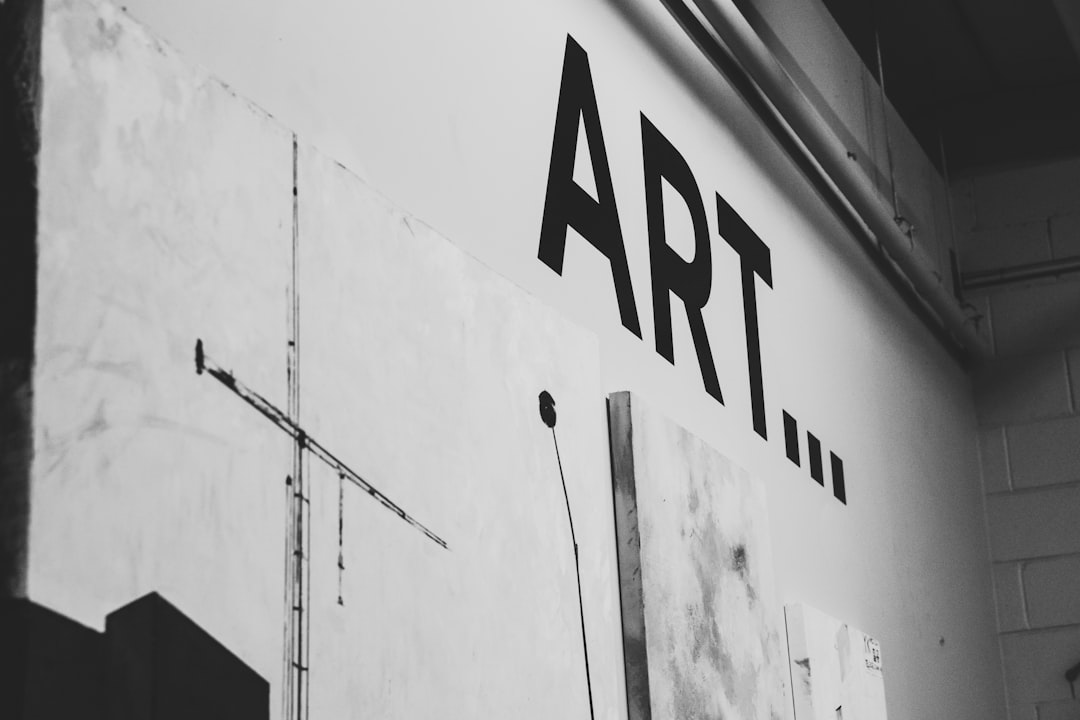
Art organizations of all sizes are already using QR codes to increase education and surface serious intent. While every institution has its own collection and audience profile, the common thread is how QR codes reduce friction and turn quiet curiosity into measurable action.
These examples illustrate the kinds of gains you can expect when QR codes connect labels, catalogs, and certificates to live, data-rich destinations. Even modest deployments can reveal which topics, works, and formats draw sustained interest.
A museum curator put it succinctly: "The transparency and engagement QR codes created for our exhibits genuinely changed how visitors connect with and trust our collection. It has become a natural part of their exploration, not an added step."
Maximizing ROI from QR campaigns in art identification requires attention to environment, message clarity, and compliance. Galleries and fairs vary in lighting, wall texture, and visitor flow patterns, so test thoroughly before launching and document a few layout rules that staff can reuse.
Clarity always beats cleverness. Visitors scan when they instantly see the value. Benefit-driven CTAs outperform generic language and reduce any hesitation around scanning in public spaces.
Looking ahead, AI-powered QR experiences can further streamline verification and learning. Platforms are beginning to sync scan data with blockchain provenance records and automated artwork recognition, ensuring that no signal from education to transaction is overlooked or underutilized.
QR codes have become essential tools for art identification services seeking to turn real-world engagement into measurable, trust-building digital experiences. By addressing long-standing challenges such as lost high-value prospects, missed follow-up windows, and fragmented campaign data, QR workflows empower art professionals to build transparency, personalize education, and attribute revenue in ways that traditional approaches cannot.
When integrated thoughtfully, QR codes ease the complexities of authentication and provenance while enriching every customer touchpoint. With Sona QR, teams can generate trackable codes in minutes, manage dynamic content, and connect scan activity to CRM and attribution tools at Sona.com. This foundation supports more dynamic, data-driven strategies and positions art organizations to meet modern expectations with confidence.
QR codes have revolutionized the art identification services industry by transforming traditional authentication methods into interactive, educational experiences that deepen customer trust and engagement. Whether it’s guiding users through provenance details, showcasing expert insights, or providing instant verification, QR codes replace passive information with dynamic, mobile-friendly content that elevates both customer understanding and confidence.
Imagine your clients instantly accessing detailed artwork histories or authentication certificates with a simple scan—enhancing their buying journey and setting your service apart. With Sona QR, you can create dynamic, trackable QR codes that update in real time without reprinting, measure engagement on each scan, and connect this data to your business growth. No more missed opportunities—just smarter, more impactful customer interactions.
Start for free with Sona QR today and turn every scan into an informed collector, a satisfied client, or a loyal advocate.
QR codes can link artwork labels, guides, and certificates to digital content such as provenance data, expert commentary, and authentication pages, turning physical art into interactive, trackable experiences that promote and verify art pieces.
QR codes provide frictionless access to rich educational content, enable real-time updates with dynamic codes, improve lead tracking, enhance visitor engagement, and allow galleries and museums to collect data that informs marketing, curation, and sales strategies.
QR codes transform static labels and catalogs into interactive portals offering multimedia content, provenance timelines, and curator notes, increasing visitor engagement, memory retention, and enabling personalized learning journeys.
Creative uses include embedding QR codes on authenticity certificates for limited editions, placing codes on gallery plinths linking to provenance videos, adding codes to packaging and insurance documents, and integrating them into event badges and direct mail to create measurable engagement channels.
Artists can use QR codes on certificates and sales documents to provide on-demand authenticity verification and provenance history, build buyer trust, simplify appraisal and insurance inquiries, and enable direct, trackable communication with interested buyers.
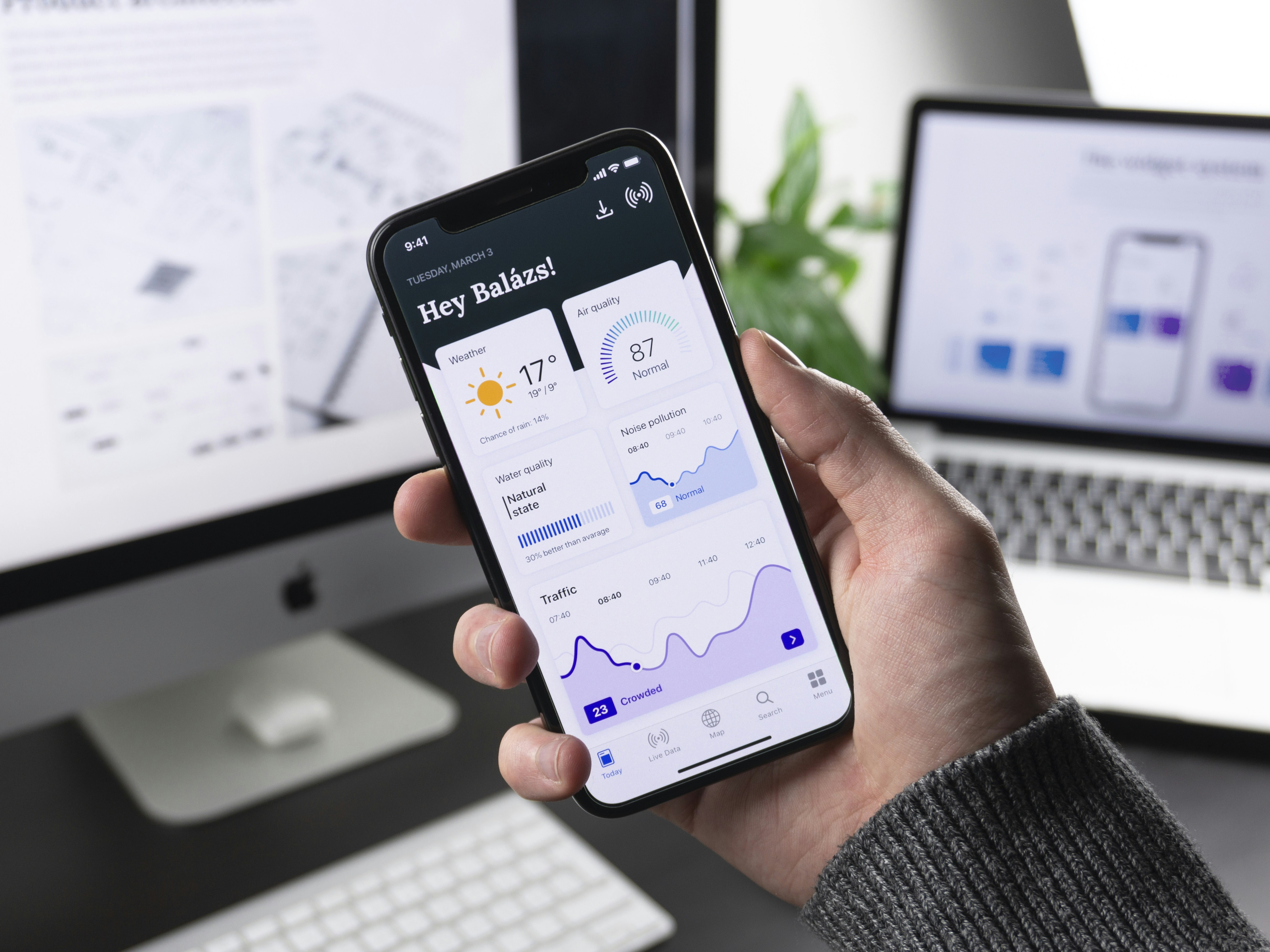
Art identification services are experiencing a digital renaissance as art galleries, museums, and artists seek smarter ways to engage audiences and authenticate works. Traditional labels and static placards often fall short in delivering engaging, up-to-date insights, leaving collectors and visitors with unanswered questions about provenance, technique, or artist background. These information gaps can diminish the visitor experience and cause institutions to overlook high-value leads and purchase intent that leave no digital trace.
The integration of QR codes into art identification services addresses these evolving needs by transforming physical art pieces into interactive entry points for digital experiences. A simple scan allows visitors, collectors, or curators to access dynamic information about authenticity, artist biographies, provenance verification, legal details, and care instructions, while capturing engagement data that was previously invisible. This enhanced visibility enables institutions to better understand audience interests and track potential buyers who might otherwise go unnoticed.
This article explores how QR codes can revolutionize art identification workflows, offering practical strategies for deployment, data-driven insights, and targeted follow-up. By connecting offline interactions with digital analytics, QR-driven processes empower art sector professionals to turn static assets into scalable engagement tools, fostering more effective audience building, smarter retargeting, and timely communication that helps art organizations excel in a fast-paced market.

Art identification services now bridge physical and digital with QR codes. Without these digital solutions, institutions risk missing high-value prospects as visitors may engage with artwork but never interact with static wall labels or fill out inquiry forms, leading to lost opportunities for connection. QR codes solve this by offering instant access to artwork details, provenance verification, and artist authentication, while capturing new data points to inform future outreach. For education teams, see QR codes in education for additional engagement tactics.
Replacing analog elements is where QR codes shine. Printed brochures, paper authentication forms, and static artist bios can be turned into dynamic, mobile-friendly content that updates in real time, which significantly improves the accuracy and timeliness of information. This shift reduces friction, shortens response times for inquiries, and turns passive curiosity into measurable engagement that teams can act on. Use dynamic QR codes when content needs frequent updates and tracking.
A solution like Sona QR provides art professionals with tools to generate, manage, and analyze these QR codes. You can automate lead capture, segment audiences based on scan behavior, and sync engagement data to your CRM for smarter retargeting and education. For teams who want to modernize wall labels and catalogs while proving marketing impact, QR codes offer a fast, flexible path to measurable results. Start creating QR codes for free.
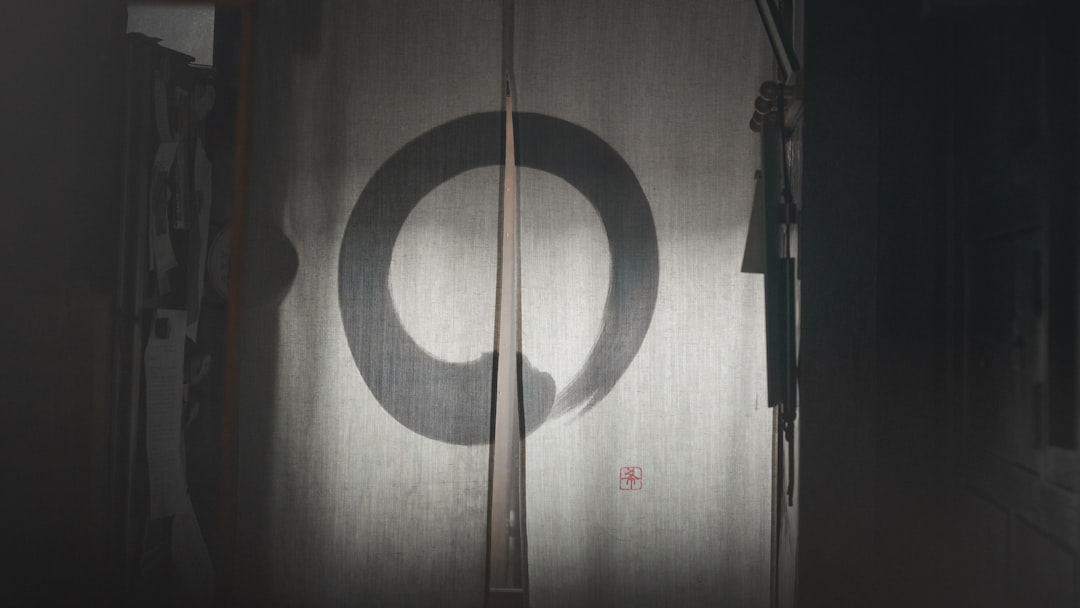
Physical art displays and catalogs often lack context, background, or transactional access points for digitally fluent audiences. Many galleries and institutions have limited visibility into when and how visitors or collectors express interest, causing anonymous traffic to remain unpursued and resulting in belated outreach. QR codes bring interactivity directly to each artwork, closing offline-to-online engagement gaps and giving organizations a reliable way to turn in-gallery curiosity into actionable insights.
QR codes also address the operational challenges that arise from frequent updates. Exhibition pieces rotate, restoration statuses change, and biographies evolve. Without a digital bridge, printed materials become stale and expensive to maintain. With dynamic QR codes, teams can keep information current while tracking engagement metrics that reveal which pieces or programs resonate most.
By integrating with a QR code management platform, art businesses unlock trackability and efficiency while modernizing how visitors, curators, and buyers experience collections. This helps teams move from intuition-based curation and sales follow-up to a data-informed approach grounded in real audience behavior.

In art identification services, specific QR code formats maximize utility and address diverse operational needs. The right format aligns with what visitors need from a scan, such as a certificate, a contact method, or an immersive learning experience. Selecting formats by use case builds predictable journeys and clearer analytics.
Balanced deployment often includes a mix of interactive learning experiences for the public, verification access for collectors and insurers, and instant contact options for sales or conservation teams. Dynamic codes extend this value by allowing changes to destinations without replacing printed materials.
A management tool like Sona QR allows you to create and update these code formats from one platform, match destinations to visitor needs, and set up campaigns that collect meaningful performance data for continuous improvement.
Maximize the reach of QR codes by placing them where your audience is most active. Strategic placement aligns with visitor attention and intent, making it easier to identify high-value prospects and understand which collections or services drive demand. Without targeted placement, institutions risk missing engagement or upsell opportunities as key interest signals remain untracked.
Successful teams blend on-site and off-site placements, using unique codes to segment traffic by channel and context. This reveals the hidden levers of demand such as which exhibits drive authentication requests or which events attract serious collectors. Over time, this intelligence informs programming, staffing, and marketing investments.
Adjust your placements to align with strategic growth goals, using scan data to pinpoint your most effective touchpoints. Over time, redeploy underperforming placements and double down on channels that consistently surface qualified interest.

Art identification covers a wide spectrum of tasks, from verifying authenticity to educating audiences and facilitating transactions. QR codes provide a flexible, low-friction way to support each of these goals while unifying data in one place. The most effective deployments match a clear user intent to a specific destination and a measurable outcome.
Institutions that move beyond basic linking to bio pages often see the biggest gains. Layering QR experiences with lead capture, time-based offers, or gated content helps teams differentiate between casual interest and purchase intent. The result is a clearer view of pipeline health and a better understanding of what content persuades collectors to act.
When paired with Sona QR, each use case can be tagged, tracked, and optimized. The platform’s analytics reveal which content formats drive the most engagement, which codes produce the most qualified leads, and where to focus staff and marketing resources.
Each QR scan signals intent and enables more effective segmentation and follow-up. Many art institutions struggle to build retargeting audiences due to missed signals from anonymous visitors. Modern QR solutions address this challenge by capturing context at the moment of interaction and syncing that data with your CRM and ad platforms.
Segmentation works best when QR codes are unique to the journey stage and physical context. For example, a code on a public wall label should not route to the same destination or list as a code on a VIP invitation. Distinguishing those audiences helps your team craft precise follow-up and tailor offers appropriately. For retargeting tactics, follow Sona’s Playbook: Intent-Driven Retargeting.
Audience distinctions that work well in art identification include visitors versus collectors, curators or conservators versus dealers, and students or educators versus buyers. Over time, this structure lets you measure which segments respond to education versus transaction oriented content, then refine your programming and outreach accordingly.
QR codes unify offline and online marketing efforts for art identification, resolving the challenge of fragmented campaigns and inconsistent messaging. When every flyer, label, and invitation directly connects to a digital experience, you can measure what attracts attention and what inspires people to act.
A connected marketing plan spreads QR codes across print, events, and digital channels with clear goals for each placement. The result is a more coherent buyer’s journey and a simpler internal workflow for measuring outcomes. Teams no longer guess which exhibitions or assets are working because scan data and follow-on behavior reveal the answer.
Centralizing scan data with Sona QR gives teams cross-channel clarity and enables coordinated, journey-focused campaigns. With synchronized attribution, you can finally map how a gallery label scan turns into a sale week later via a follow-up email and a private viewing.
A well-executed QR program combines a clear use case, frictionless design, smart placement, and rigorous measurement. Treat QR codes like you would any other campaign asset by defining success upfront and preparing the analytics you need to learn and iterate. The following checklist turns a good idea into an operational playbook your team can repeat.
Use these steps to guide your next exhibition, private sale, or archival project. For peer examples, see this museum QR discussion. For each step, validate your assumptions with small pilots, collect feedback from visitors and staff, and then expand deployment where it performs best.
Start with the outcome you want to achieve and the audience you plan to serve. For art identification services, common outcomes include authentication requests, provenance access, and purchase inquiries. Defining a single primary goal prevents scattershot engagement and makes it easier to evaluate success.
Once the goal is clear, map the content required to fulfill the visitor’s need. For a provenance use case, this might include a certificate viewer, previous ownership details, and a secure contact form for further research. For a sales goal, it might be an artist bio, a price range disclosure, and a booking link for a private viewing.
Select static or dynamic codes based on how often your content changes and whether you need analytics. Dynamic codes are the default for most campaigns in art settings since exhibits and availability evolve quickly. Static codes can be appropriate for evergreen content like a permanent artist bio or a gallery map.
Think about scale and longevity. If you anticipate updates or you want to test different destinations, dynamic codes will save time and printing costs. They also unlock campaign level reporting that proves impact to leadership and stakeholders.
Design affects scan rates and therefore campaign outcomes. Prioritize clarity and contrast in your code styling, and pair the code with a benefit-driven call to action. In galleries, ensure placement at a readable height with sufficient lighting and white space around the code.
Testing across devices and conditions prevents common pitfalls such as codes that are too small, too reflective under gallery lighting, or too close to other visual elements. A few minutes of testing can raise scan rates and reduce visitor frustration.
Place codes where they align with visitor intent and your growth plan. High impact channels in art identification include exhibit labels, VIP invites, catalogs, and event signage. Prioritize placements that historically lacked trackability, then expand to owned and earned media as you learn what works.
Assign unique codes to each channel and artwork to capture source data for optimization. Use short, memorable CTAs that match context so scanners always know the value they will get.
Once live, treat the program as a performance campaign. Review scan volume and conversion rates by artwork, event, and channel. If a high-traffic exhibit shows low scans, experiment with placement, code size, or CTA phrasing. If a code drives many scans but few conversions, streamline the landing page or add trust signals.
Feed results to stakeholders regularly and use insights to refine future campaigns. Over time, this cycle will standardize what good looks like for your institution and make budgeting easier.
Trackability sets digital art identification apart. Without analytics, institutions guess which actions drive sales or educational outcomes. Each QR scan offers a measurable signal that can be connected to leads, pipeline, and revenue. The more granular your tracking, the more confidently you can make decisions about exhibitions, programming, and marketing investments.
Start with a data model that captures source, location, artwork, and content type. Then connect that data to downstream actions such as form submissions, appointments, or purchases. This builds a complete picture of the visitor journey and reveals where to optimize for both education and conversion.
Granular analytics connect scan events to revenue, transforming visitor interactions into measurable leads. Even if your goal is purely educational, the same infrastructure reveals which artists, themes, or content types generate the most interest, informing future programming and donor messaging.
Expanding QR success is a function of clarity, consistency, and follow-through. Small improvements in design and messaging can dramatically improve scan rates, while disciplined tagging and automation ensure no high-intent signal goes to waste. Select the tips most relevant to your venues, audiences, and goals.
Get creative with placements that align with art world workflows. QR codes on restoration tags or insurance forms can be just as valuable as codes on wall labels, since they connect back-of-house processes to the same analytics framework that powers visitor engagement.
The combination of thoughtful design and disciplined data practices ensures your QR program delivers compounding returns. As your database grows, you can layer predictive models and personalized campaigns that respect visitor preferences and interests.

Practical examples spark ideas and make the potential tangible. The following scenarios illustrate how organizations are using QR codes to modernize art identification, enhance education, and increase lead capture without compromising the visitor experience.
Each example pairs a clear audience moment with a well designed QR journey and a trackable outcome. Your institution can adopt similar patterns and customize them to your collection, market, and staffing model.
These examples show that addressing missed leads, untracked engagement, and disjointed follow-ups with QR-driven strategies enables new levels of audience growth, loyalty, and revenue. The key is aligning each code with a specific job to be done and a measurable outcome that your team can analyze and improve over time.
For art identification services, QR codes transform each artwork, label, or event invitation into a digital touchpoint with measurable value. This is a crucial advancement for organizations long hindered by siloed data and missed engagement signals. By enabling interactive, traceable experiences, art professionals can deliver richer, more secure journeys that guide visitors from curiosity to informed action.
QR codes eliminate analog barriers, bridge offline interest with actionable insights, and bring measurable results from every physical asset. With an integrated QR code solution like Sona QR, art organizations can improve education, authenticity, and sales while overcoming historic challenges of lead loss, anonymity, and fragmented campaigns. When combined with Sona.com’s attribution and journey analytics, your team can connect scans to revenue and make QR a permanent pillar of your art identification strategy.
QR codes have revolutionized art identification services by transforming static labels into interactive gateways for educating and engaging customers. They streamline access to detailed provenance, artist backgrounds, and authentication details, enhancing the customer experience while building trust and appreciation for each piece. Imagine visitors effortlessly uncovering rich stories behind artworks through a simple scan, deepening their connection and confidence in your expertise.
With Sona QR, you can create dynamic, trackable QR codes tailored for art identification that update instantly without reprinting, ensuring your information stays current and impactful. Every scan provides valuable insights into customer interests, helping you refine your offerings and drive deeper engagement. Start for free with Sona QR today and turn every artwork into a compelling educational journey that attracts and retains discerning collectors.
QR codes can be placed next to artworks to provide instant access to detailed information such as authenticity certificates, artist biographies, provenance verification, restoration histories, and multimedia content, transforming physical art into interactive digital experiences.
QR codes enhance visitor engagement by delivering up-to-date information, capturing engagement data for follow-up, reducing printing costs, ensuring real-time content accuracy, and enabling institutions to track and nurture high-value leads.
They offer visitors immediate access to rich educational content like interviews, condition reports, restoration videos, and provenance details, increasing dwell time, improving recall, and providing more meaningful interactions with artworks.
QR codes can be integrated into exhibit labels, auction paddles, event invitations, conservation tags, and even visitor storytelling campaigns to unlock augmented reality previews, track engagement, share restoration footage, or collect user-generated content.
Artists can include QR codes on placards or catalogs that launch digital forms for purchase inquiries, appraisal requests, or private viewing bookings, enabling faster sales processes and capturing buyer intent for timely follow-up.
Use Sona QR's trackable codes to improve customer acquisition and engagement today.
Create Your FREE Trackable QR Code in SecondsJoin results-focused teams combining Sona Platform automation with advanced Google Ads strategies to scale lead generation

Connect your existing CRM

Free Account Enrichment

No setup fees
No commitment required

Free consultation

Get a custom Google Ads roadmap for your business






Launch campaigns that generate qualified leads in 30 days or less.
